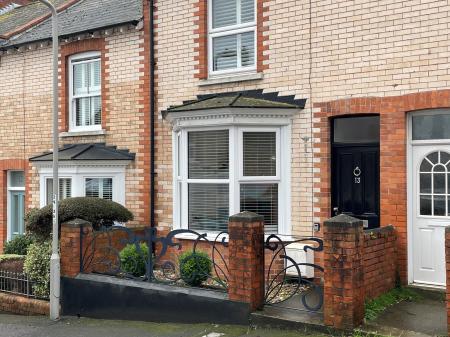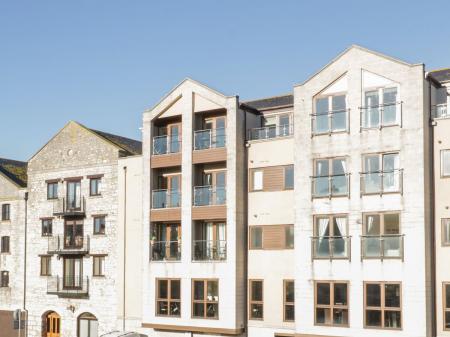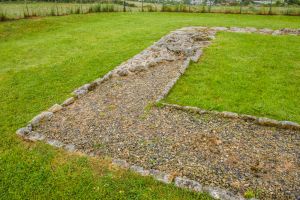
Above the shaft was set a temple cella (a sacred place, used for housing a hidden cult image). This temple was 6.8 metres square, with an entrance at the south. It seems likely that there was originally a collonade, or portico, extending around all sides of the temple. The inner temple was enclosed with foundation walls 84 metres square.
The site stands near a late Iron Age/Roman cemetery.
Visiting
The temple is well signposted from the A353 and the B3155 (Portland Road). The site is immediately north of Bowleaze Cove Way, on top of the cliffs. There is no dedicated parking area, so you will have to find a space along Bowleaze Cove Way. There is a brown pedestrian sign pointing the way up a short residential cul-de-sac, to a footpath and gate at the top of the road.The temple is in the field immediately beyond the gate, with a very worn Eglish Heritage information panel giving an artist's impression of what the temple would have looked like when built. It is just as well that the sign is there, because all you can see of the temple is the ground-level remains of foundation walls describing a rectangle on the turf. On the north side, the walls are marginally more substantial, with more obvious indications of original Roman stonework.
The remains cover a small area, and It should take no more than a few minutes to explore the Jordan Hill site.
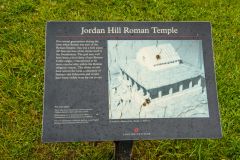
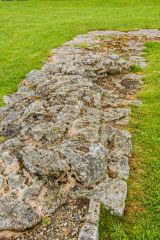
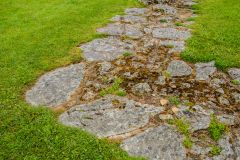
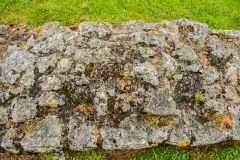
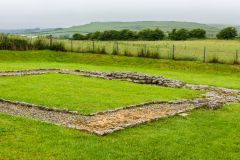
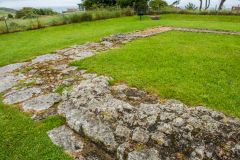
 We've 'tagged' this attraction information to help you find related historic attractions and learn more about major time periods mentioned.
We've 'tagged' this attraction information to help you find related historic attractions and learn more about major time periods mentioned.



